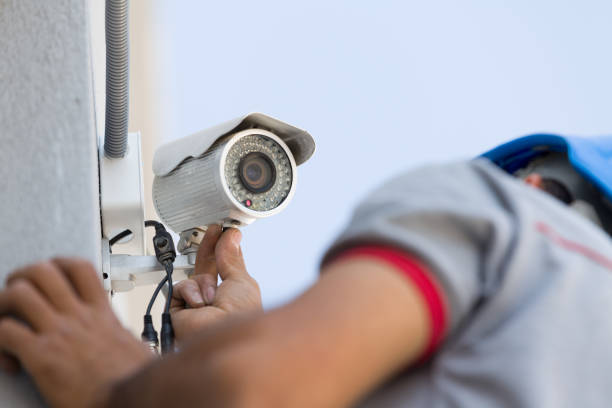
Whether you’re looking to protect your property or your loved ones, CCTV installation can help ensure that you have the right security systems in place. Getting CCTV installation services can save you time and money and ensure that you get the most out of your investment.
The first step to CCTV installation is making sure that you have all of the components required. These include a DVR (digital video recorder) or NVR (network video recorder), cameras, and cables. You may also need a storage solution to store all of the images that are captured, such as a hard drive.
Before starting, take a look at your property and determine which areas of it you want to monitor. This will help you decide on the exact locations that need to be covered and how many cameras you’ll need. You can even draw a diagram of your property to ensure that you have everything covered.
Once you’ve determined where to install the cameras, it’s time to start wiring them. You’ll need a Cat 5 or Cat 6 cable for IP cameras and a power and video cable for analog HD camera installations.
If you’re not experienced in CCTV installation, it can be a good idea to have a friend or family member help out with the job. This will make the installation process less complicated and ensure that all of the cables are run safely.
It’s important to note that there are different types of CCTV cameras on the market, each with its own unique set of features and benefits. For instance, some cameras have IR capabilities that allow them to detect movement in low light conditions. These can be helpful for identifying when there is an issue with your system or if something has been stolen from the premises.
The type of CCTV cameras that you choose will have a significant impact on the support technology that your system requires. For example, wired CCTV systems require networking cables and switches to function properly, while wireless systems do not have this requirement.
You can also consider a hybrid setup that incorporates both analog and IP cameras. This is useful for larger properties that need to have the flexibility of both types of technologies.
If you need to install cameras at a location that’s not near a power source, you can use an extension cable to provide DC power to the camera. This will prevent you from having to move an existing power outlet to a new location and make your installation much easier.
Once you’ve determined the placement of your cameras, it’s time to mount them on the wall or ceiling. This will ensure that they’re in the best possible position and that they’ll be able to capture clear pictures.
To make this process easy, you can buy a kit that includes all the necessary hardware for CCTV installation. These kits usually come with a DVR and NVR along with the cables needed for connecting them to each camera.
